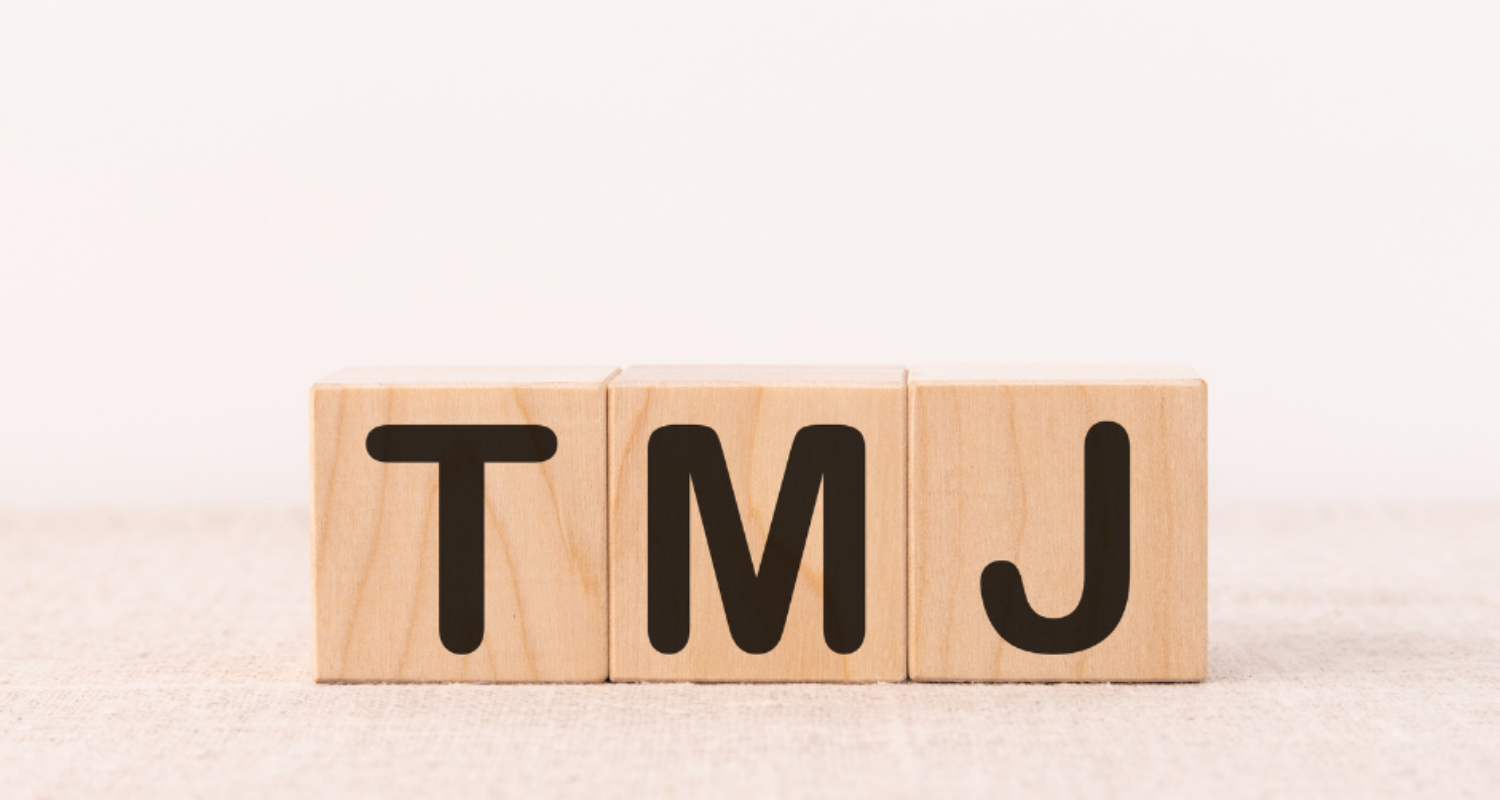
TMJ, TMJ syndrome, disorder, dysfunction… These are some of the terms you might hear for jaw pain but what do they all mean?
The temporomandibular joint (TMJ) is the joint that forms your jaw. It is made up of the temporal bone of your skull and your mandible (your jaw bone) with a cushioning disc in between. You have 2 of these joints, one on each side and they sit just in front of the outer opening of each ear. In fact, if you put your fingers in your ears and open and close your mouth you might be able to feel your TMJ opening and closing.
When something is causing pain or altered function of the jaw, we use the term TMJ dysfunction. The terms dysfunction, disorder and syndrome are often used interchangeably to describe a group of symptoms.
If you have TMJ dysfunction, these are some of the symptoms you may feel:
– pain around the cheek, in the ear or in your teeth
– clicking, grinding, popping sensations or locking in your jaw
– headache
– neck and shoulder pain or muscle tension
– ringing in the ears, difficulty hearing or dizzyness
– difficulty swallowing
There are many things that can cause jaw pain and they are not always obvious or easily identifiable.
- Muscular tightness and spasm can occur from stress and anxiety, clenching or grinding teeth at night (bruxism).
- Trauma from a motorvehicle accident or dental work can sometimes cause problems inside the joint itself or with the TMJ disc.
- Other conditions such as arthritis and gout can also affect the joint
Our osteopaths at Health and Balance can help you with your TMJ dysfunction by identifying what is causing it, using osteopathic treatment techniques to help alleviate pain and recommending exercises and strategies to help you manage your condition.
